How the Renaissance revival of ancient alchemy birthed the mythos of modern science.The European Renaissance was defined as a cultural rebirth, but what was it actually a rebirth of? This "rebirth" was a disastrous reintroduction of Hermeticism into European scholasticism, establishing the Hermetic tradition as a crucial factor in the development of modern science. Quite simply, the Renaissance was the rebirth of neoplatonic astral magic flooding into European culture.
This Hermetic dominance of modern scholastic thought can be quite obviously seen in its great impact on the Copernican revolution. With the entire Renaissance being funded by the Medici Italian banking family, their Laurentian library was the knowledge hub of Europe, housing countless occult manuscripts that ushered in the golden age of alchemy. As Erasmus of Rotterdam saw this alchemical obsession begin to unfold, he forewarned, "I have a fear and it is, that, with the study of ancient literature, ancient Paganism will reappear.
"Copernicus worked out his heliocentric cosmological model under the mystical influence of Hermes Trismegistus, who is considered the founder of science, religion, mathematics, geometry, alchemy, philosophy, medicine, and magic. The notion that the sun is at the center of the cosmos and not the earth is a belief not found in the Bible but in the Heremetica of Hermes Trismegistus, a compilation of ancient esoteric texts believed to contain the wisdom of the ancient Egyptians. The author of the Arabic Hermetic text, the Pecatrix, wrote that Hermes built a temple to the sun, and in the Corpus Hermeticum V, it states that the sun is supreme among the gods of heaven. The Asclepius lists the sun as far greater than all the planets.
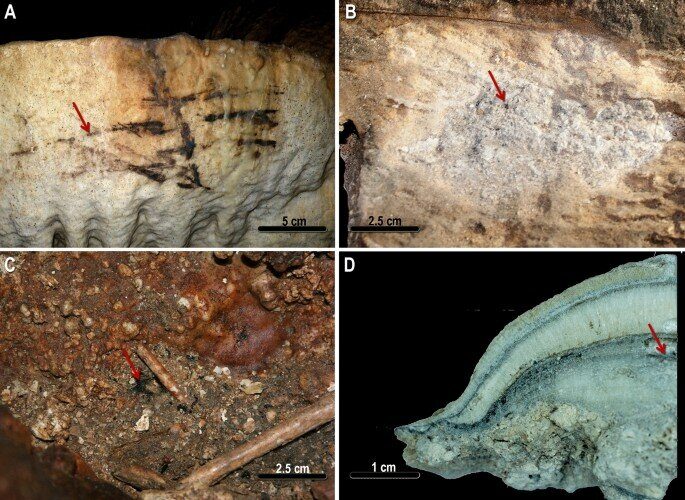

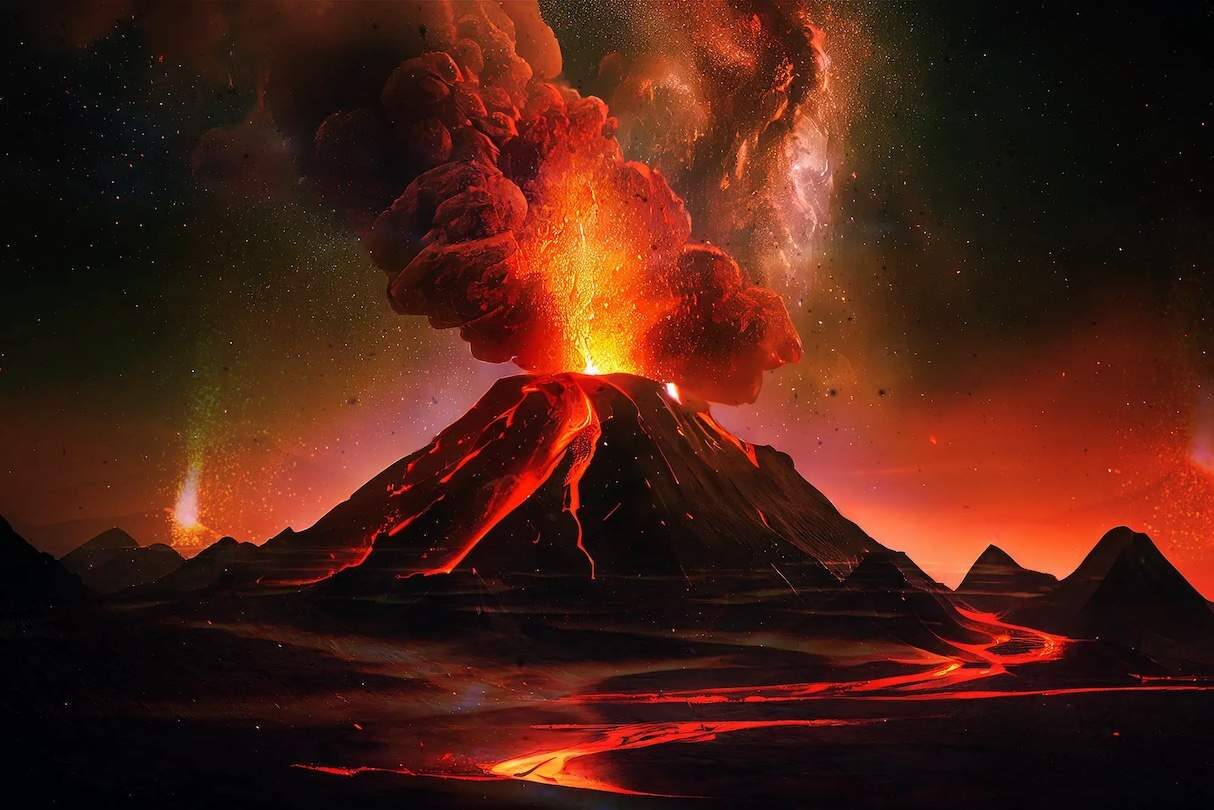

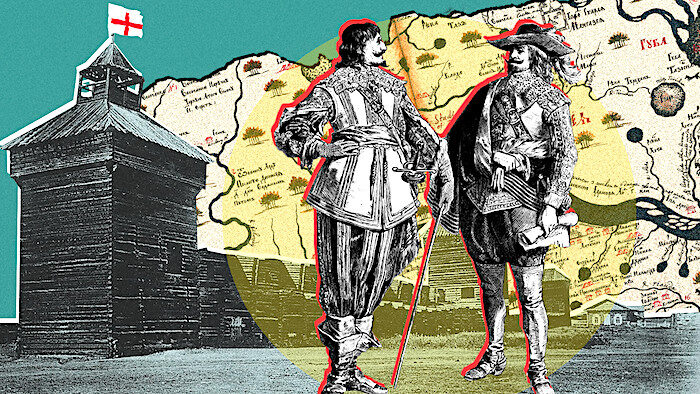
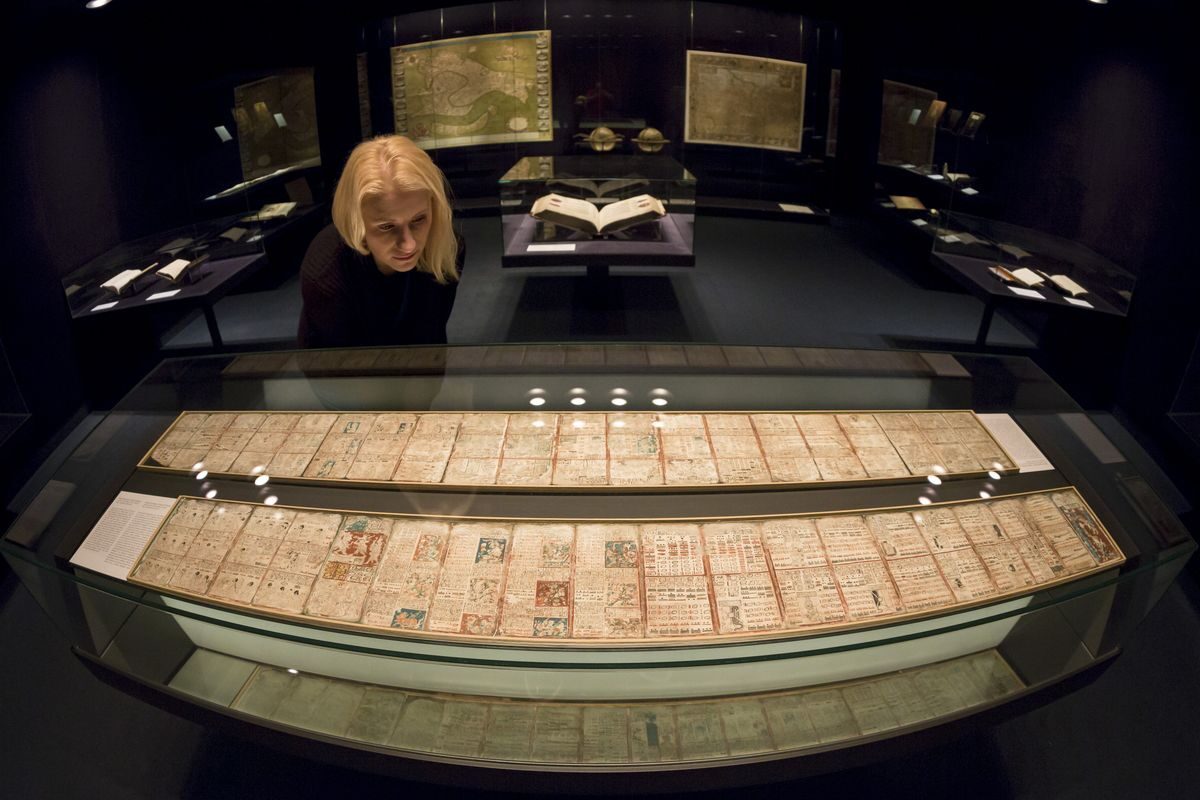


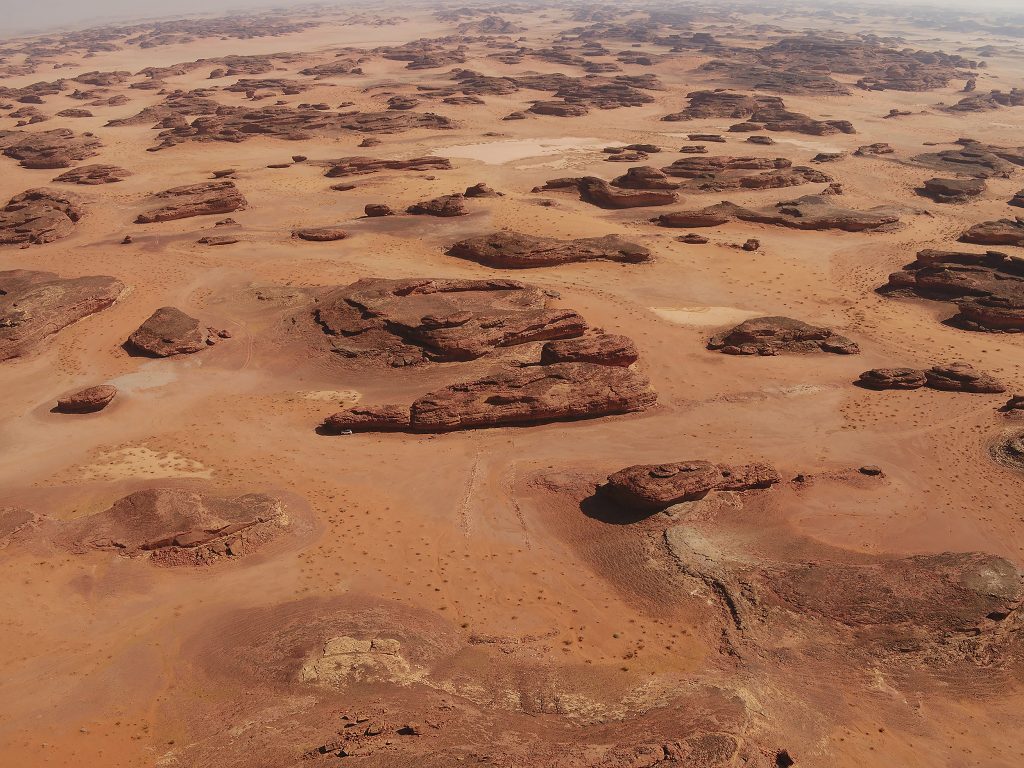
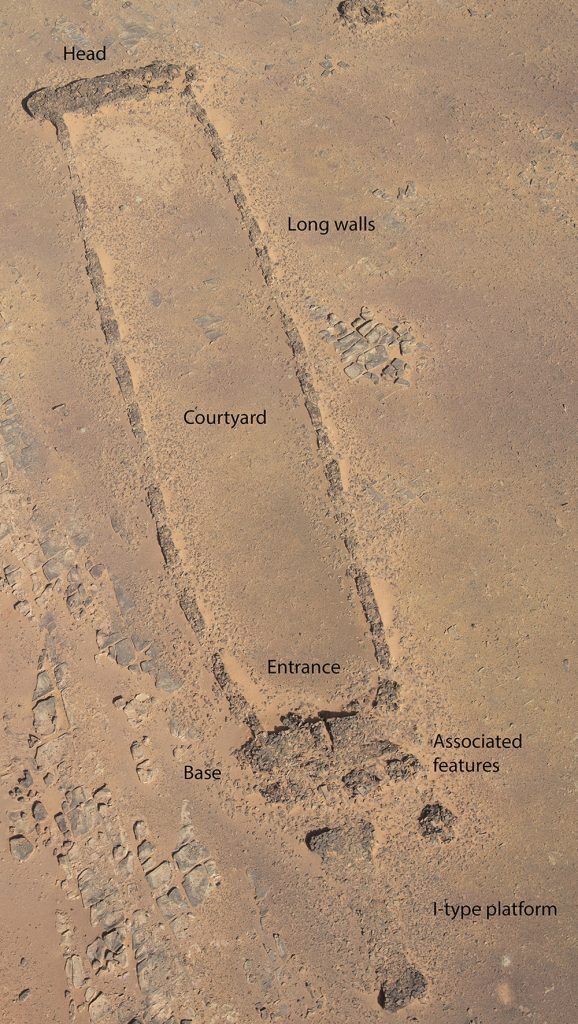
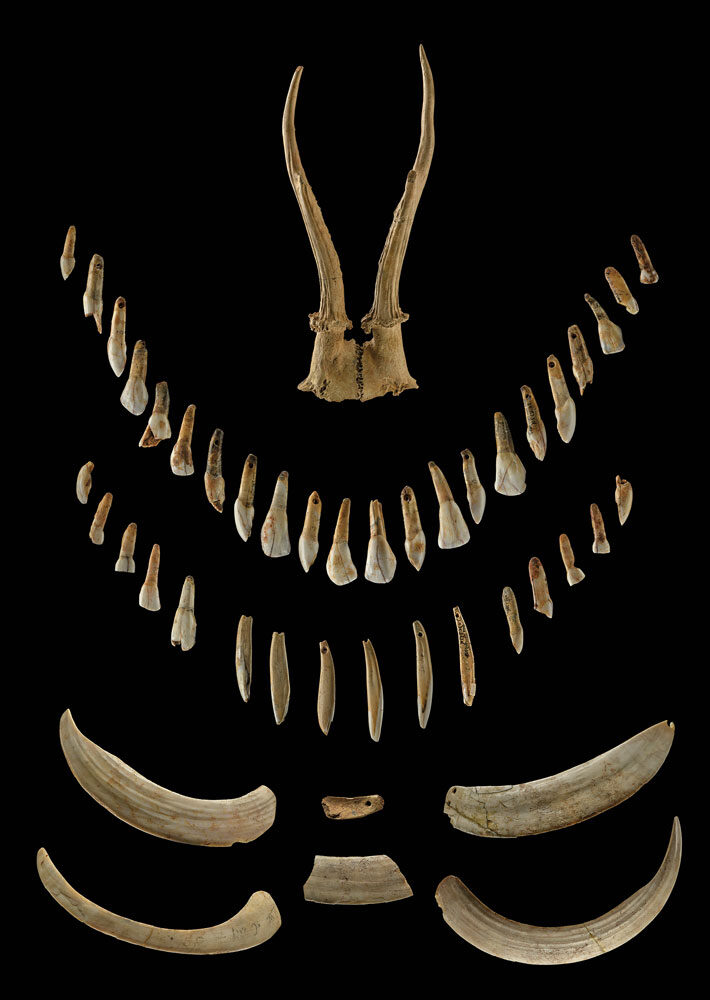



Comment: For more the role of volcanoes in mass extinctions, ancient, and those relatively recent, check out SOTT's: Volcanoes, Earthquakes And The 3,600 Year Comet Cycle